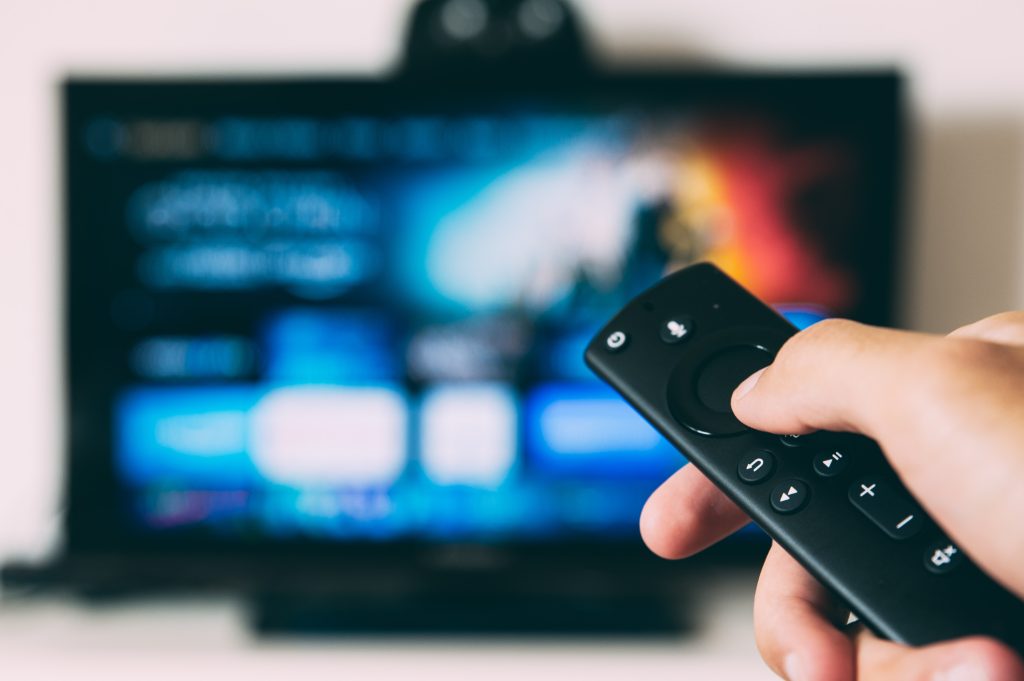What was originally launched as a subscription-based media-service provider in 1997 has now grown into the popular online film and television streaming service known as Netflix.
Available titles range from movie classics like The Godfather to new Netflix originals like Stranger Things.
Netflix’s standard plan costs $9.99 month, and there are an estimated 6.78 million Netflix subscribers in Canada alone.
On November 12, 2019, Disney launched its own streaming service Disney+, which features movies and television shows under its production companies.
Available titles range from Disney movies such as Star Wars and The Little Mermaid to Disney Channel original movies and TV shows like Lemonade Mouth and The Suite Life of Zack and Cody.
Disney+ costs $8.99 per month, and there are already an estimated 10 million subscribers worldwide in just three months.
Disney forecasts Disney+ will have between 60 million and 90 million subscribers by 2024.
Almost every person I know has Netflix, and more and more people are starting to get Disney+ because of the nostalgia behind it.
“All of my favourite shows as a kid like Lizzie McGuire and Hannah Montana are on Disney+, so I had to buy it,” said Katie Gunter, a second-year student at UNB.
With these streaming services like Netflix, Disney+, HBO, and more, should we be worried about the decline in traditional TV?
According to a CBC article from April 2019, it is predicted that the number of Canadian households with a subscription to at least one streaming service will be more than the number of Canadians who use traditional methods of TV watching by 2020.
This may not be surprising, given the advantages that streaming services provide. Not only are there no advertisements throughout the entirety of the show or movie, these services allow subscribers to watch shows and movies that are not available in their country. Shows like Dark, which is German, or Money Heist, which is Spanish, allow people from all over the world enjoy them.
A study showed that in 2018, people subscribed to Canadian TV had decreased by over 200,000, and it was expected that as many as 250,000 more Canadians will have cancelled their cable subscription by the end of 2019.
“There’s definitely less and less that I want to watch on TV now. Other than NHL and NBA games, I mostly use Netflix,” said Ryan Burke, a fourth-year student at the university.
Another advantage of streaming services is that they eliminate the planning aspect of watching TV. You now don’t have to remember to record an episode of your favorite show because it is readily available whenever you want.
Perhaps, though, cable TV will not go down without a fight. Popular shows like the Bachelor and Saturday Night Live, or professional sports games are, by and large, only available on cable television.
There is no doubt that the market is changing and becoming more competitive.
And I know for a fact that my grandparents will not be getting a Disney+ subscription any time soon. There are many demographics that will still be paying for cable packages for the foreseeable future.




